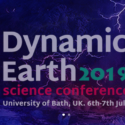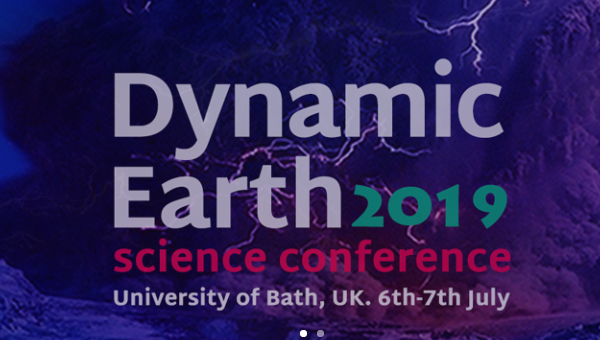holoscience.com | The ELECTRIC UNIVERSE®
A sound cosmology for the 21st century
Electric Universe on Gaia Video Streaming
“Take a step back in time, 10,000 years ago, when the solar system was vastly different than it is now. All across the globe, ancient tales offer similar accounts of a sky we would not recognize on planet we would not know as home. By examining the mythology from many of these ancient cultures, paired…
2019 Electric Universe conference

Exciting news from the Electric Universe United Kingdom site: “… [electricuniverseuk.eu] are hosting an Electric Universe UK event again this summer. Whilst EU UK was not intended to be an annual event, when Thunderbolts Project™ USA regrettably had to cancel earlier in the year, we took the view that EU UK could help maintain international…
Wal Thornhill: On the Black Hole’s Non-existence | Space News
Listen to PART TWO of the interview recorded on April 8, 2019, with physicist Wal Thornhill. He sheds light on the fact that the recent so-called “first picture of a black hole” actually affirms the plasma cosmology hypothesis that the object at a galactic core is a Plasmoid. Find out why black holes are not…
Wal Thornhill: Black Hole or Plasmoid? | Space News
In this interview recorded on April 8, 2019, physicist Wal Thornhill discusses why the recent so-called “first picture of a black hole” actually affirms the plasma cosmology hypothesis that the object at a galactic core is not a black hole at all but an ultra-high density energy storage phenomena called a Plasmoid. Print this page
Wal Thornhill: Ultima Thule Update — Another Electrically Scarred World? | Space News
The latest image released by NASA’s New Horizons mission of the Kuiper Belt object nicknamed Ultima Thule reveals several intriguing features. These include what appears to be an improbably huge crater, which likely would have destroyed the object if it was caused by an impacting object. In this episode, Wal Thornhill joins us for a…
Wal Thornhill: Ultima Thule – Another Victory for the Electric Universe | Space News
NASA’s New Horizons team has recently received pictures of the most distant object in our solar system ever imaged by a spacecraft. It’s nicknamed Ultima Thule, a relatively tiny body, just 19-miles long, located more than 4 billion miles from Earth in the so-called Kuiper Belt. As we see, like countless asteroids, some moons, as…
Wal Thornhill: The Saturn/Earth Connection and Our Place in the Universe | Space News
In part one of this presentation, physicist Wal Thornhill began his analysis of one of the most significant space discoveries in recent memory. The history and origin of the gas giant Saturn, and indeed the entire solar system, including our own planet is not what we’ve been told. Planetary scientists recently made the astonishing discovery…
Wal Thornhill: Blockbuster – Saturn/Earth Connection Confirmed | Space News
A new scientific paper provides stunning affirmation of one of the most striking predictions of the Electric Universe/catastrophist hypothesis. The paper, published in the Journal Icarus, reports that the water on Saturn’s moons and in its rings is remarkably similar to water on our own planet, a completely unexpected finding for planetary scientists. As surprising…
Wal Thornhill: Velikovsky’s Astrophysics | EU2017
In 1950 Immanuel Velikovsky threw down a gauntlet to astronomers in his sensational best-selling book, Worlds in Collision, where he proposed, on the basis of documentary evidence, that gravitation is an electromagnetic phenomenon. Leading American astronomers were enraged and behaved like medieval priests whose sanctified gravitational cosmology was being violated. They pressured Macmillan, the textbook…
Wal Thornhill: Seeing Double – Electric Cosmology | Space News
How do objects in our Universe form? In the unimaginably vast cosmos, at all scales, from comets and asteroids in our solar system to the vastest superclusters of galaxies stretching for hundreds of millions of light years, astronomers and astrophysicists imagine gravitational processes, and only gravitational processes governing these objects’ formation. But the objects we…
